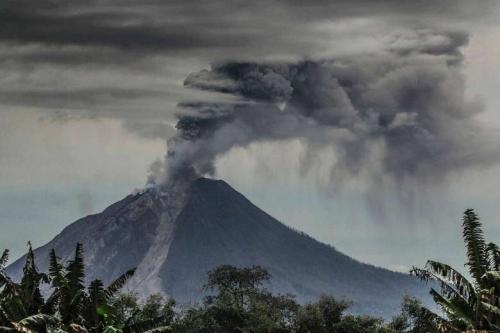Indonesia Heating Up on Geothermal Potential

Indonesia Heating Up on Geothermal Potential
Indonesia is a hot place. Yes, it is located in the tropics and is crossed by the equator, but more significantly, it is home to the world’s largest number of historically active volcanoes - approximately 78 (http://volcano.si.edu/region.cfm?rn=6). As a result, Indonesia possesses 40 percent of the world’s geothermal energy reserves, and yet is currently tapping into less than five percent of this renewable energy source.
As of now, Indonesia produces 1,400 megawatts of electricity from geothermal, which supplies 1.4 million households with energy. However, the government has big goals and has set a target to increase Indonesia’s generating capacity five-fold by the year 2025.
On the surface this seems fantastic; greater utilization of natural, renewable energy resources will reduce the country’s CO2 emissions, but at what cost? Two years ago, the Indonesian government passed a law which meant that geothermal exploration would no longer be considered a mining activity, allowing it to be conducted in protected forested areas. This simple definition change holds considerable significance as approximately two-thirds of the country’s geothermal reserves are found in these protected forests.
Additionally, the costs associated with finding geothermal hotspots, and then building the infrastructure to harness the underground heat, is extremely expensive, potentially draining resources from other sectors in society that are in more urgent need.
This article (http://www.straitstimes.com/asia/se-asia/indonesia-struggles-to-tap-volc...) published by the Singaporean newspaper: The Straits Times, does a good job at outlining the current situation, and the challenges Indonesia faces to tap into geothermal energy. It also raises questions about the wider implications of such developments on the environment and society, and makes you think about the government’s motives behind this recent push towards renewable energy.